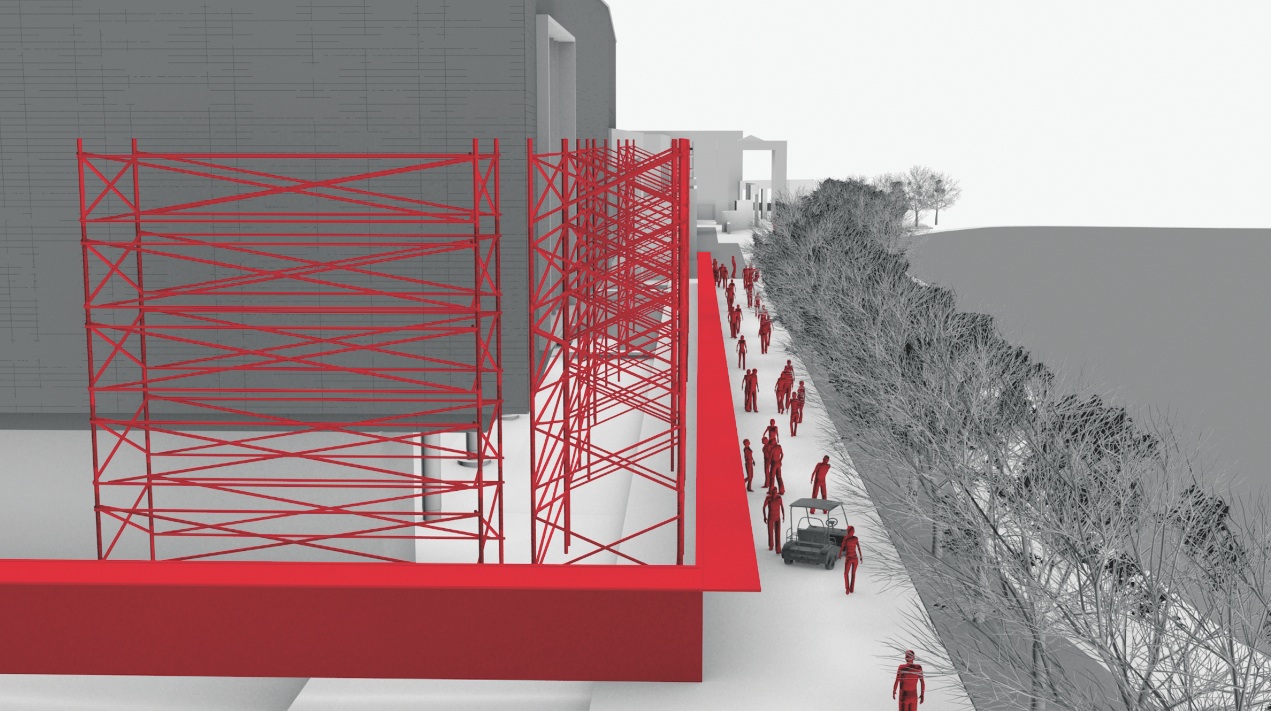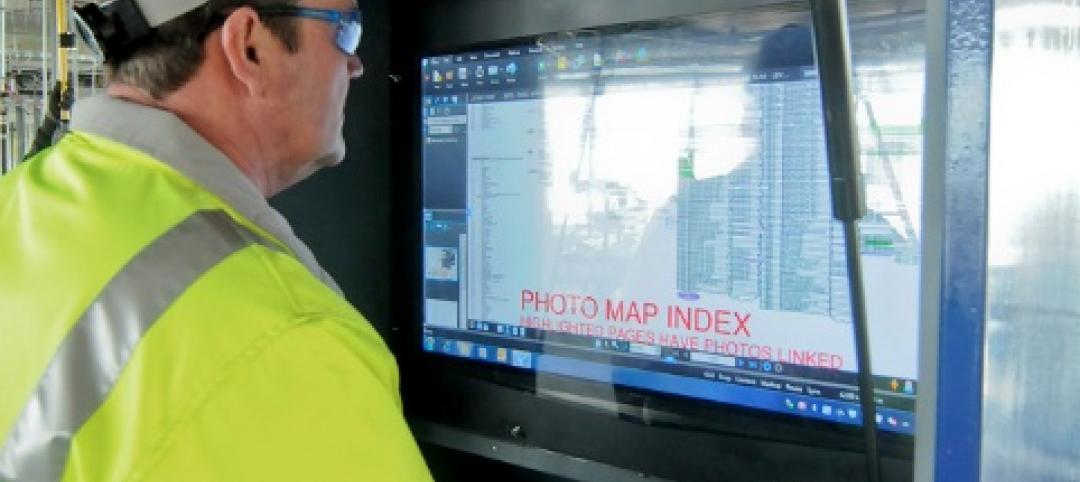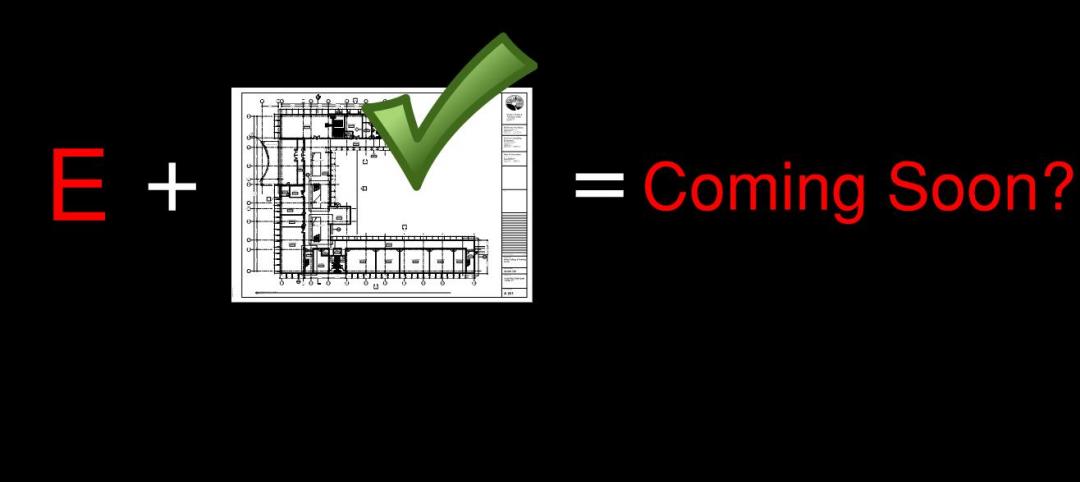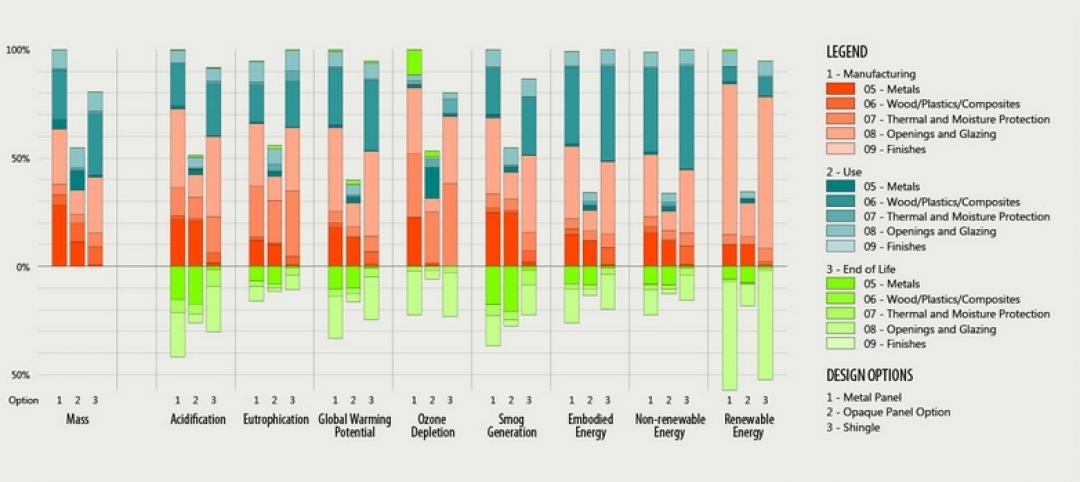In early 2008, as a storm approached northern Michigan, a 19-year-old construction worker raced to the rooftop of a multifamily building to clear the area of construction debris. Unaware that a metal roof curb—which was not secured or labeled—was covering a make-up air shaft, the worker tried to move the curb onto a stack of plywood. He fell through the roof opening 69 feet to his death.
In late 2009, in Washington state, a 45-year-old carpet installer was unloading 12-foot-long carpet rolls from a skip box through a window onto the fourth floor of a hotel project. With one foot on the window sill and the other on a roll of carpet protruding from the skip box, the laborer, who was not wearing fall protection, slipped and fell 32 feet to the concrete sidewalk below, causing fatal injuries.
5 WAYS TO USE BIM/VDC COORDINATION TO PROMOTE SAFETY
1. Prefabrication—Moving work to a warehouse environment greatly reduces the risk of slips, trips, falls, and soft-tissue injuries.
2. Safety hazards analysis—Firms are using software tools to quickly scan BIM models for problem areas, such as floor and roof penetrations, and coordinate necessary safety provisions.
3. Site coordination—Advanced construction sequencing and dimensional analysis allow firms to better track and manage site logistics and layout.
4. Facilities O&M planning—With the BIM model serving as a virtual mockup, firms can work with facilities teams to optimize spaces for faster, safer maintenance tasks.
5. Day-to-day safety coordination—Safety managers can access the BIM model on the job site, helping to improve inspections and validate that safety provisions are being met.
Cases like these are all too common in the U.S. construction industry. Each year, the industry claims roughly 815 lives and accounts for more than 200,000 nonfatal injuries and illnesses, according to the Bureau of Labor Statistics.
A small but growing number of BIM/VDC and safety experts assert that the primary causes of job site injuries and fatalities—falls from roofs, ladders, and scaffolds; soft-tissue injuries from material handling; burns from hot work, such as welding—could be greatly minimized with advanced planning and coordination using BIM tools. The technology, they say, helps with preconstruction risk assessment of building projects and the day-to-day implementation of safety provisions on the job site. It also enables teams to utilize offsite prefabrication, preassembly, and other so-called “prevention through design” approaches.
“BIM-enabled prefabrication has allowed us to eliminate tens of thousands of excursions up ladders and lifts, and thousands of hours of hot work and general construction activities in ergonomically difficult situations,” says Tony O’Dea, Gilbane’s Director of Corporate Safety. “The most expensive source of worker’s comp is soft-tissue injuries, primarily related to material handling. Prefab gets trades off the site and into a safer, more ergonomic environment. It also gets materials and large equipment, such as scissor lifts, off the site.”
ASSIGNING OWNERSHIP OF JOB SITE SAFETY PROVISIONS
As part of its Preconstruction Safety Alignment and Risk Assessment program, Gilbane’s project teams, along with its Interdisciplinary Document Control Department, review project models to identify potential risks. Most teams also take part in a Lean strategy kickoff session, where opportunities for prevention through design, such as the use of prefab, are evaluated.
“After that, we make assignments of responsibility within the subcontractor agreements that will enforce our safety plan for the project,” says O’Dea.
Responsibility and enforcement are two of the biggest gaps in safety on construction sites, says John Tocci, Sr., CEO of Tocci Building Companies. His firm uses BIM model analysis to track obvious safety provisions like site conditions, perimeter protection elements, and hundreds of site exposures that “open up and close” during the course of a project, such as floor penetrations for elevator shafts and ductwork.
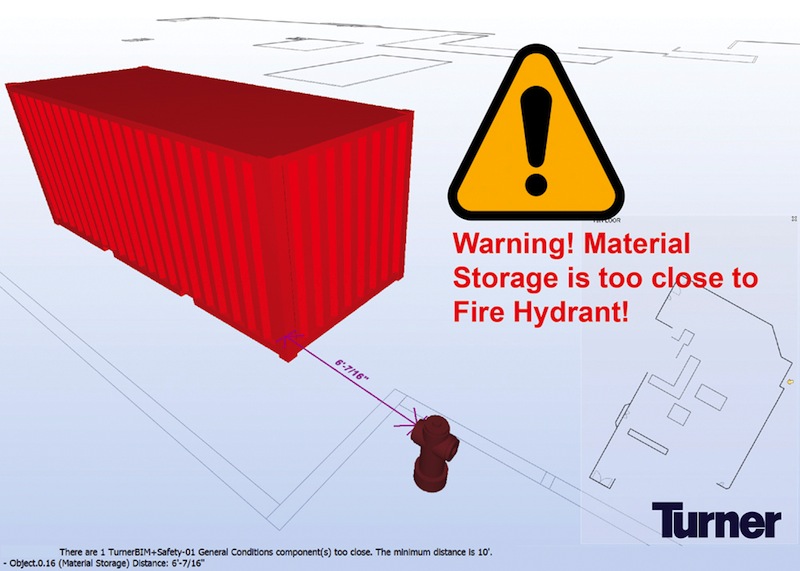 Turner Construction uses Solibri Model Checker software to write and apply custom rule sets to search for safety-related problem areas in BIM models, such as the location of fire extinguishers and material storage areas. Rendering: Turner Construction
Turner Construction uses Solibri Model Checker software to write and apply custom rule sets to search for safety-related problem areas in BIM models, such as the location of fire extinguishers and material storage areas. Rendering: Turner Construction
Tocci says that one reason it’s difficult to get an exposure protected is that there are disagreements that occur on the job site as to whose responsibility it is to provide the safety protection. BIM, he says, takes the guesswork and unknowns out of the equation. It allows project teams to perform day-to-day—even hour-to-hour—sequencing of projects to more accurately define temporary site exposures, including the window of time when each becomes a safety risk. Tocci’s project teams also use BIM to quantify the materials required to protect the area.
“When you define all of these parts and pieces, like floor opening coverings and fall protection provisions, they can be used in the purchasing and prequalification of major subcontractors and trade partners,” says Tocci. “People are prepared on a specific day with 30 sheets of three-quarter-inch plywood to cover 15 floor penetrations. There’s no arguing about who is responsible for executing the work. It just gets done.”
ADVANCED SAFETY MODEL CHECKING
Project teams using Turner Construction’s BIM-based safety checking initiative, which was launched in 2010, scan BIM models for 137 safety-related provisions across site conditions, excavation, substructure, and superstructure. The construction giant uses Solibri Model Checker software to write and apply custom rule sets to search for problem areas in BIM models.
“We’re validating items based on dimensional and informational relationships, such as the location and separation distance between fire extinguishers, the number of units per square feet of space, and the distance from hoists and egress stairs,” says Jennifer Downey, Turner’s National BIM Manager for Integrated Building Solutions. Downey offers other common safety check areas:
- Material storage locations, and their proximity to fire hydrants and adjacent structures
- Design criteria for the ramps on the site, including slope, landing distances at the top and bottom, and entrance and exit locations
- Location, size, and timeline of temporary job site hazards—floor penetrations, perimeter protection areas, etc.—and the materials required for protection
- Requirements for erosion and sedimentation control
- Equipment and egress requirements by phase
- Pedestrian protection measures
Once a project model is scanned and problem areas are identified, a safety analyst reviews the findings and produces colorful graphic reports that can be viewed directly in the BIM model or in an Excel-based report.
“With graphics-based reporting, there’s something really simple and tangible about seeing openings that don’t have edge protection or materials that are stored too close to a fire hydrant,” says Downey. “Each element is itemized so it can be reviewed quickly and checked off.”
Turner’s site safety modeling and checking program is just one piece in a broader strategy of using BIM to more comprehensively preplan safety and logistics tasks. Turner engineers leverage a variety of modeling and analysis tools—from Trimble SketchUp to Autodesk Revit to mobile apps—to mitigate risk and communicate more clearly with the entire project team.
PREVENTION THROUGH DESIGN
Specialty contractor Southland Industries is taking BIM-driven safety planning a step further by incorporating provisions and design features aimed at protecting the facilities operations and maintenance team. The company regularly incorporates “exclusion zones” in its project models to virtually block off areas that require regular maintenance. Southland’s engineers also optimize the design and layout of service aisles and interstitial spaces to eliminate potential hazards and simplify maintenance, says Joe Visgaitis, Southland’s Mid-Atlantic Division Safety Manager.
With the typical interstitial area, says Visgaitis, utilities crisscross through the space, forcing maintenance staff to climb over and duck under pipework and avoid hot pipes. “On a recent project, I told our team that I would like to be able to walk freely down the service aisle with a 32-inch-wide cart, and have key service areas within an arm’s reach of the main aisle,” he says.
SAFETY BUILT IN
Tocci says the next step in his company’s execution of BIM is to utilize the tool to eliminate falsework construction. “If you can avoid putting up scaffolding or staging on a project, you can save tens of thousands of dollars,” says Tocci. “It’s pure waste.”
The contractor recently worked on a reclad project that involved installing a glass curtain wall over an existing precast wall, with interstitial space and steel walkways in between. In the steel fabrication provisions, the firm included conditions to provide safety rails, safety cable, and safety catwalks right in the steel. “As the steel went up, the safety provisions went up with it,” says Tocci.
Related Stories
| Dec 9, 2013
Does technology help or hinder innovation?
Whether digital technology will help or hinder workplace insights remains a topic of ongoing debate. FastCo.Design features insights from business scholars on both sides of the issue.
| Dec 5, 2013
Translating design intent from across the globe
I recently attended the Bentley User Conference in Vejle, Denmark. I attended the event primarily to get a sense for the challenges our Danish counterparts are experiencing in project delivery and digital communication. One story I heard was from a BIM manager with Henning Larsen Architects in Denmark, who told me about a project she’d recently completed overseas in the Middle East. She outlined two distinct challenges and offered some interesting solutions to those challenges.
| Dec 3, 2013
‘BIM for all’ platform pays off for contractor
Construction giant JE Dunn is saving millions in cost avoidances by implementing a custom, cloud-based BIM/VDC collaboration platform.
| Nov 27, 2013
Exclusive survey: Revenues increased at nearly half of AEC firms in 2013
Forty-six percent of the respondents to an exclusive BD+C survey of AEC professionals reported that revenues had increased this year compared to 2012, with another 24.2% saying cash flow had stayed the same.
| Nov 25, 2013
Electronic plan review: Coming soon to a city near you?
With all the effort AEC professionals put into leveraging technology to communicate digitally on projects, it is a shame that there is often one major road block that becomes the paper in their otherwise “paperless” project: the local city planning and permitting department.
| Nov 22, 2013
Kieran Timberlake, PE International develop BIM tool for green building life cycle assessment
Kieran Timberlake and PE International have developed Tally, an analysis tool to help BIM users keep better score of their projects’ complete environmental footprints.
| Nov 8, 2013
Can Big Data help building owners slash op-ex budgets?
Real estate services giant Jones Lang LaSalle set out to answer these questions when it partnered with Pacific Controls to develop IntelliCommand, a 24/7 real-time remote monitoring and control service for its commercial real estate owner clients.
| Oct 30, 2013
Why are companies forcing people back to the office?
For a while now companies have been advised that flexibility is a key component to a successful workplace strategy, with remote working being a big consideration. But some argue that we’ve moved the needle too far toward a “work anywhere” culture.
| Oct 30, 2013
11 hot BIM/VDC topics for 2013
If you like to geek out on building information modeling and virtual design and construction, you should enjoy this overview of the top BIM/VDC topics.
| Oct 18, 2013
Meet the winners of BD+C's $5,000 Vision U40 Competition
Fifteen teams competed last week in the first annual Vision U40 Competition at BD+C's Under 40 Leadership Summit in San Francisco. Here are the five winning teams, including the $3,000 grand prize honorees.


